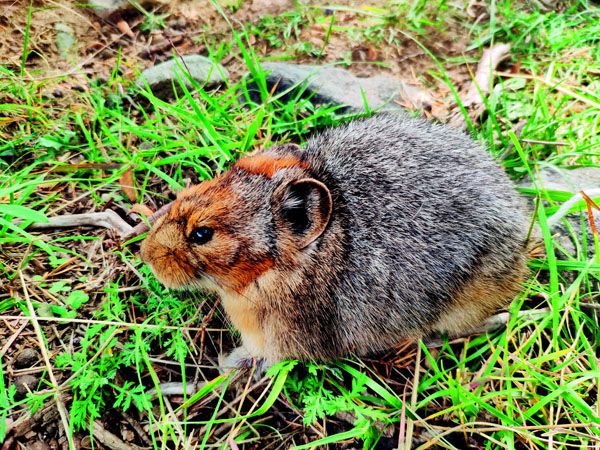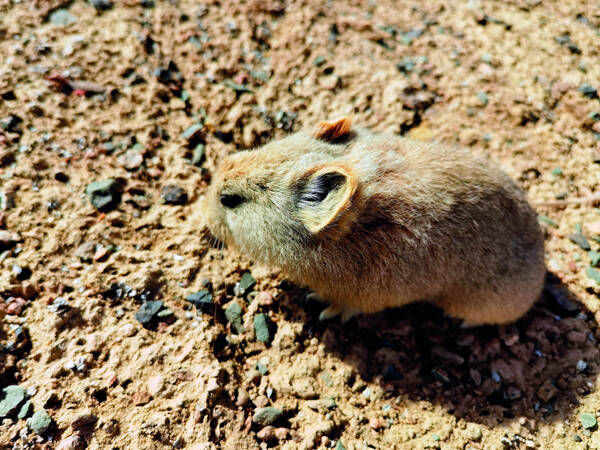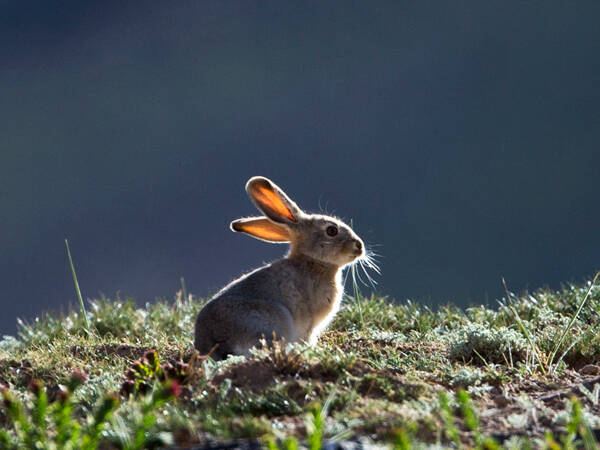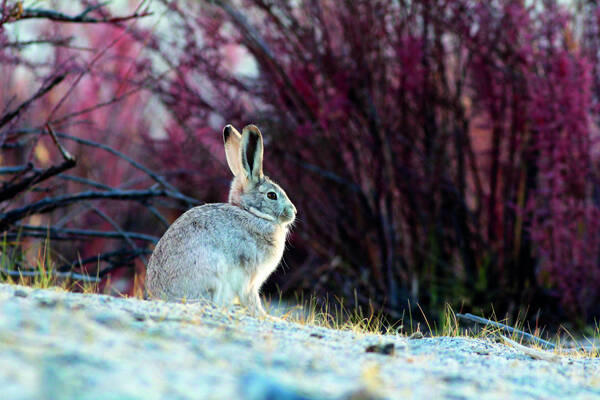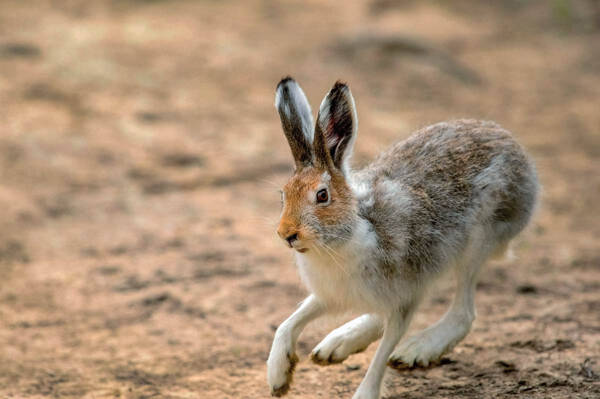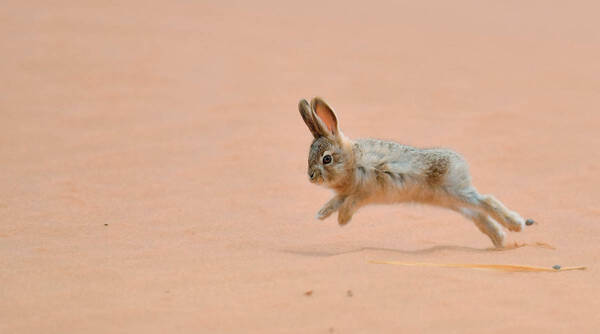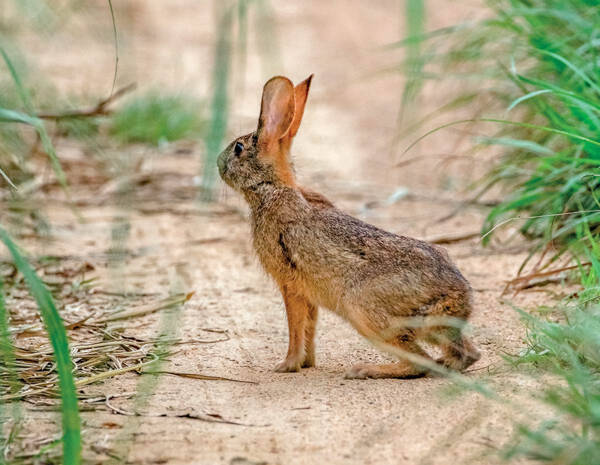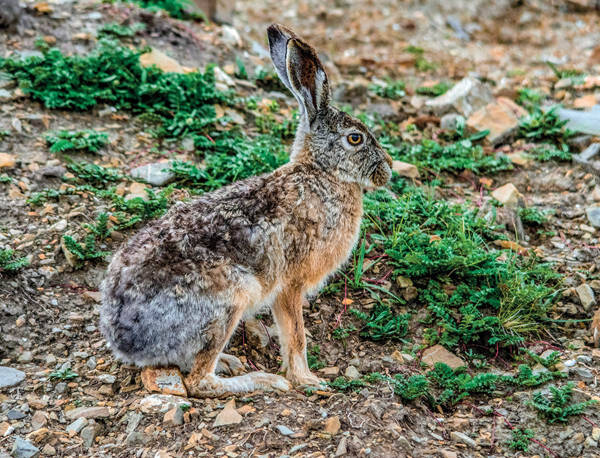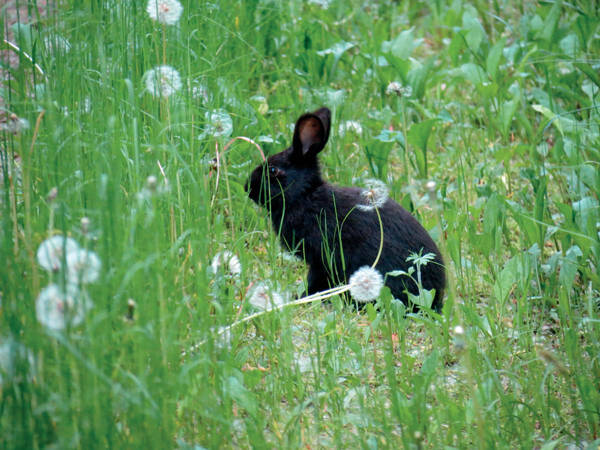Ochotona argentata
IUCN
LCBasic Information
Scientific classification
- name:Ochotona argentata
- Scientific Name:Helan Mountain pika, Ningxia pika
- Outline:Lagoiformes
- Family:Lagomorpha Ochotonidae Ochotona
Vital signs
- length:200mm
- Weight:176~236g
- lifetime:
Feature
It is a species endemic to my country and its number is too rare.
Distribution and Habitat
The Ningxia pika has a very limited distribution range. It is a species endemic to my country. It is only distributed in the Helan Mountains between Ningxia and Inner Mongolia.
Its distribution area is very narrow, located in a narrow strip between the upper limit of the coniferous forest and the bare rock of the high mountains. It lives in the collapse of the ridge, in the huge piles of rocks in the forest or above the forest, or in caves formed by piles of rocks. It is a typical rock-dwelling type.
Appearance
Ningxia pikas are large. In summer, the entire back of Ningxia pikas is uniformly brown-red, with gray hair base and white hair tips on the ventral side. The ears are gray with grayish-white edges. In winter, the entire back is gray or gray-black, and some individuals have yellowish-white buttocks.
Only the head, including the forehead, top, and cheeks, is brown-red or ochre; the ear color is the same as in summer, with a slight yellow-brown hue. The ventral side is consistent with the summer hair. The hair on the front and back feet is grayish-white, sometimes brushed with light yellow. The soles of the feet are bare, unlike the soles of the plateau pikas, which are covered with dense hair.
The nose tip and lip area of Ningxia pikas are also gray-black. On the skull, the palatine foramen and incisor foramen are initially divided into two holes, with a larger width between the orbits. The cranial face is relatively straight.
Details
Ningxia pika, also known as Helan Mountain pika, belongs to the Leporidae, Lepus species, and Lepus genus. It is a critically endangered species in the world. It is a pika that only lives in the ridge area of the Helan Mountains in northwest China. It mainly inhabits mountain gravel belts above 2,000 meters above sea level, lives in the cracks of rubble, and has a simple tunnel structure. It is active during the day and frequently moves at dawn and dusk, and will build typical pika haystacks.
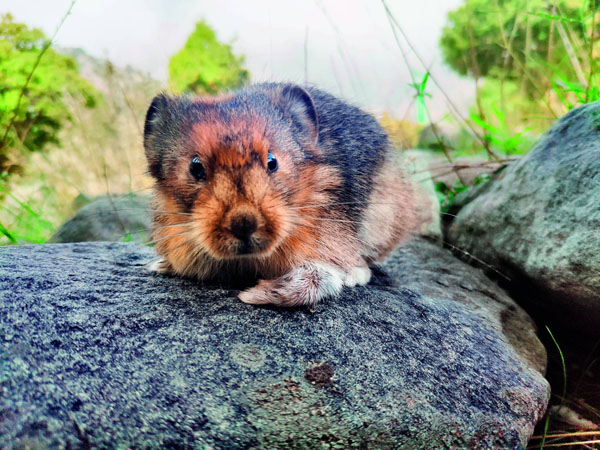
Ningxia pika mainly feeds on leaves and stems of Artemisia, Euphorbia and Poaceae plants. It does not hibernate in winter. The breeding season begins in early April, with one litter per year, 2 to 4 pups per litter.
On July 3, 2017, the photos of small animals taken by Hugo, a netizen from Inner Mongolia, in the Helan Mountain National Forest Park in Ningxia attracted everyone's attention.
